(NLDO) - The formation and destruction of the "monster continent" Pangaea divided the thickest layer of the Earth.
A study just published in the scientific journal Nature Geoscience says that beneath our feet, the mantle - the thickest layer of the Earth - has actually long been divided into African and Pacific regions.
The boundary between these two mantle regions is the Pacific Ring of Fire, while Pangaea - also known as the Whole Continent - is the culprit.
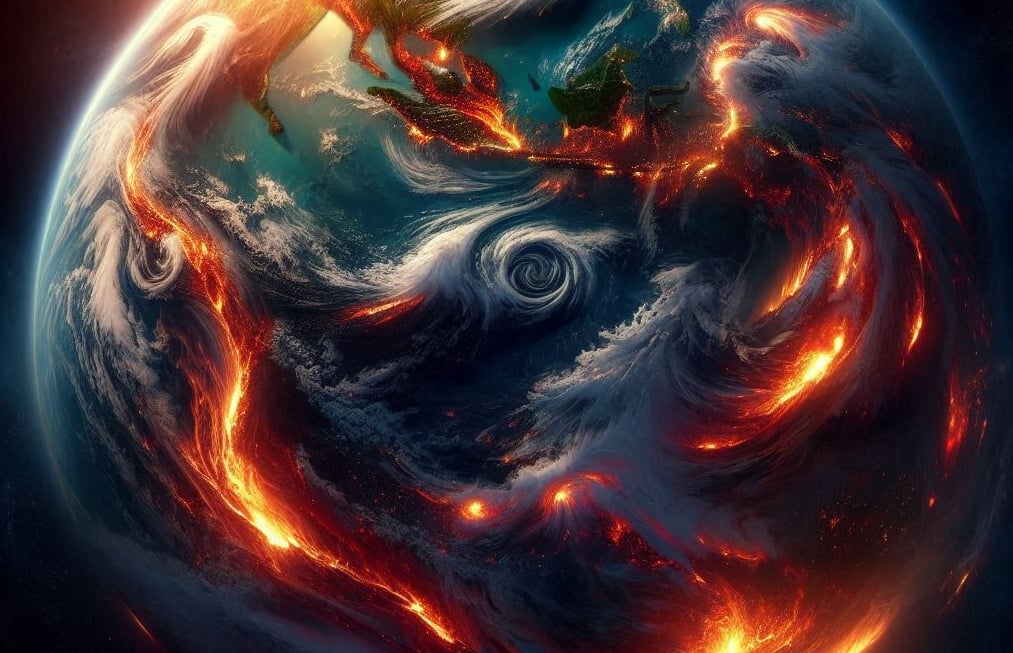
Plate tectonic activity hundreds of millions of years ago divided the Earth's mantle - Illustration AI: ANH THU
Of these two regions, the African continent carries most of the Earth's present landmass, stretching from the east coast of Asia and Australia, across Europe, Africa and the Atlantic Ocean, to the west coast of North America.
The Pacific Ocean covers only the ocean of the same name.
Also under Africa, the mantle is rich in elements and their isotopes are much more diverse than under the Pacific, according to the new study.
Co-author Dr. Luc Doucet from Curtin University (Australia) told Live Science that the difference in composition between the two mantle regions reflects the last two supercontinental cycles over the past 1 billion years.
The first was the supercontinent Rodinia, which formed about 1.2 billion years ago and broke apart about 750 million years ago.
Then came Pangaea, which formed about 335 million years ago and broke apart about 200 million years ago.
"What we observe today is essentially what happened during the transition from Rodinia to Pangaea and then the breakup of Pangaea," said Dr. Doucet.
These supercontinents came together on the land that is now Africa.
As the oceans close between them, the oceanic crust slides beneath the continents—a process called "subduction"—sometimes dragging continental rocks down with it.
This pulled elements and their isotopes from the continental crust down into the mantle beneath the growing supercontinent.
This "geological conveyor belt" continued in a slightly different form after the supercontinents were assembled: The oceanic crust at the edge of Rodinia, and then Pangaea, sank beneath the continental crust, again eroding some of the continental rocks as the tectonic plates grinded together.
This created a "funnel effect", concentrating all the geological richness beneath the supercontinent.
Even after Pangaea broke up, these signatures persisted in both the deep and shallow mantle, as shown by samples the team took from oceanic ridges as well as machine learning models.
The composition of each mantle region reflects what is happening at the surface, as well as deep geological processes.
So this discovery could help geologists pinpoint where useful mantle materials might be concentrated, such as rare earth elements.
Additionally, this will also serve research on the origin of life, as plate tectonics is one of the important processes that helps the Earth maintain a chemical environment suitable for us and all species.
Source: https://nld.com.vn/trai-dat-tach-thanh-2-phan-o-vanh-dai-lua-thai-binh-duong-196241028101614523.htm



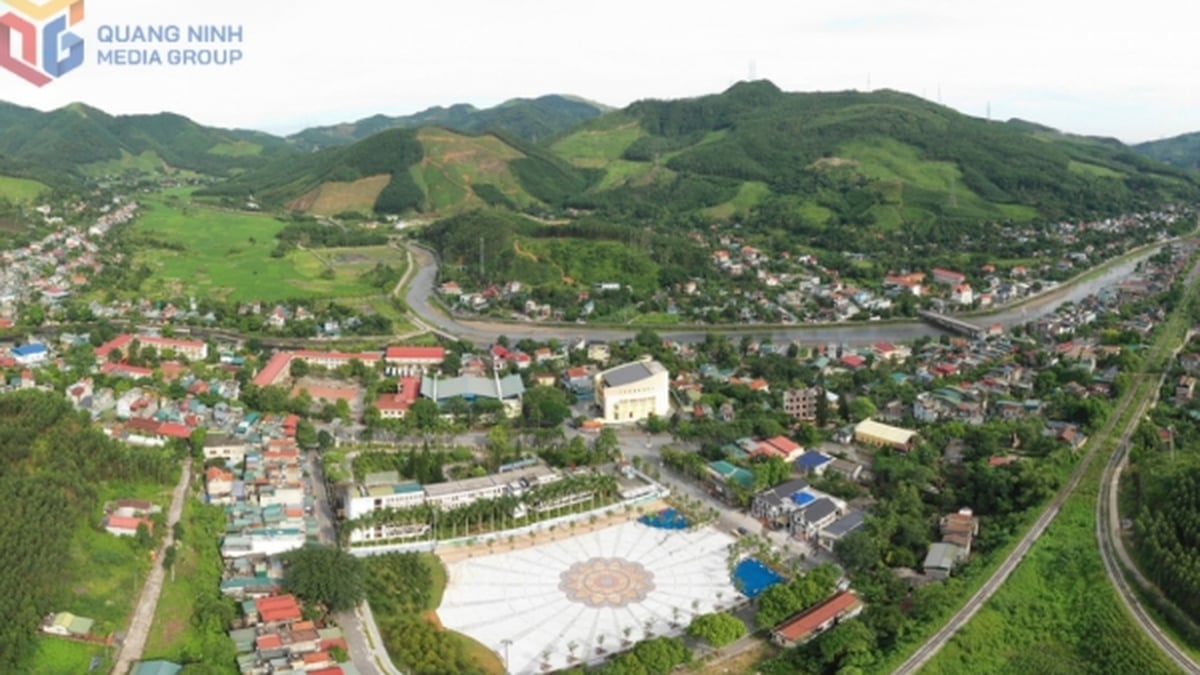
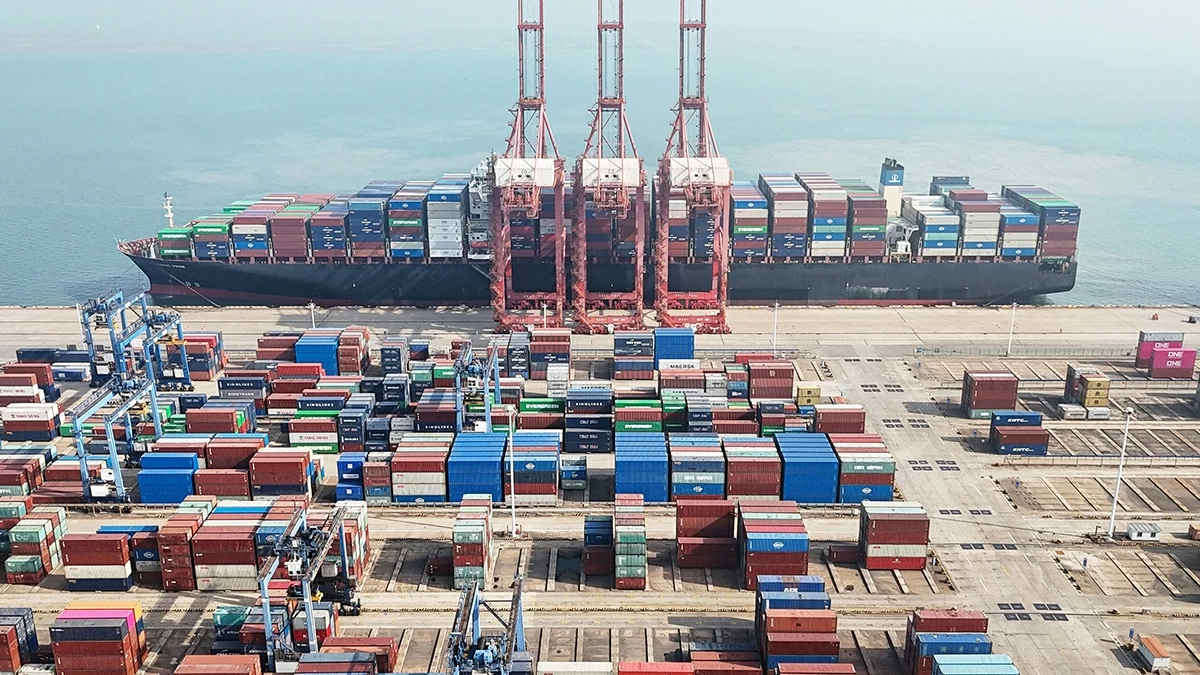





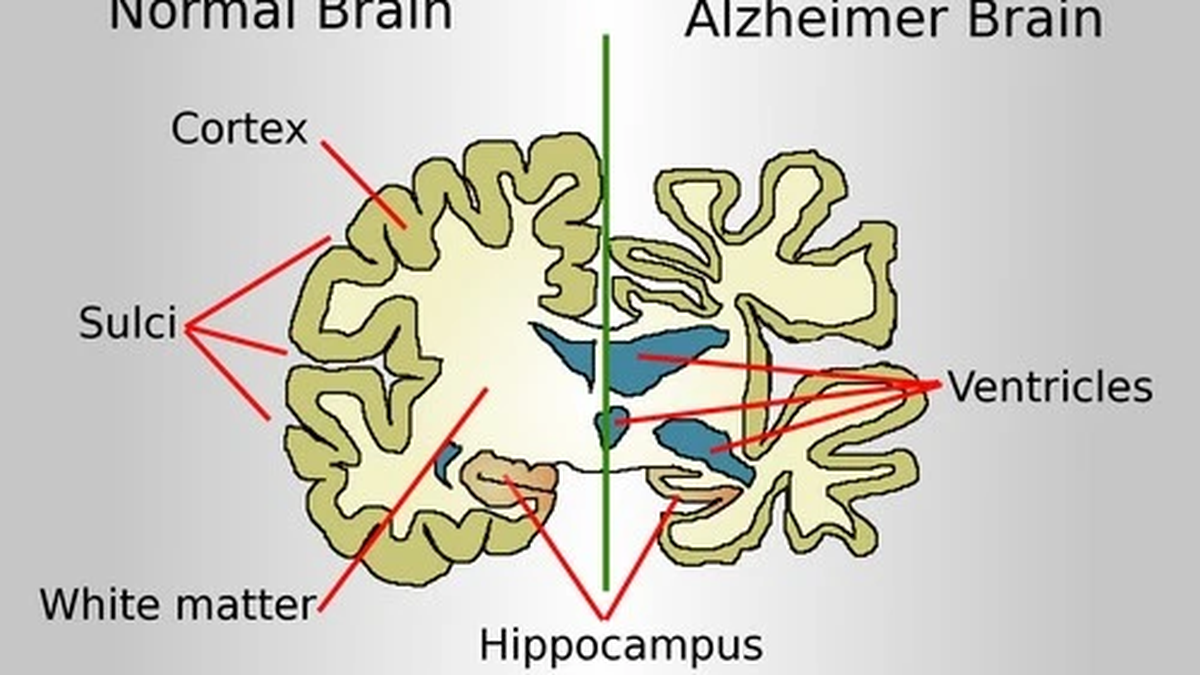












![[Photo] Gia Lai provincial leaders offer flowers at Uncle Ho's Monument with the ethnic groups of the Central Highlands](https://vphoto.vietnam.vn/thumb/1200x675/vietnam/resource/IMAGE/2025/7/9/196438801da24b3cb6158d0501984818)








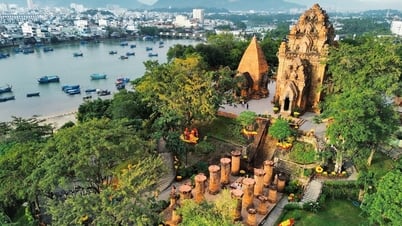





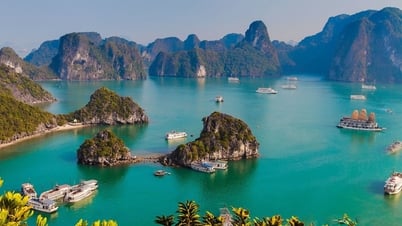

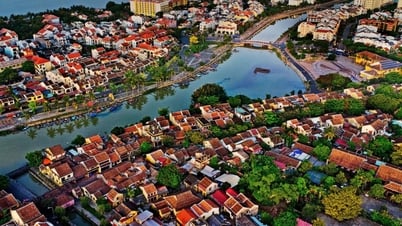





























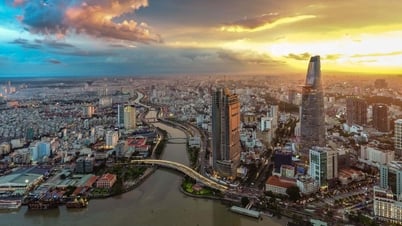





























Comment (0)